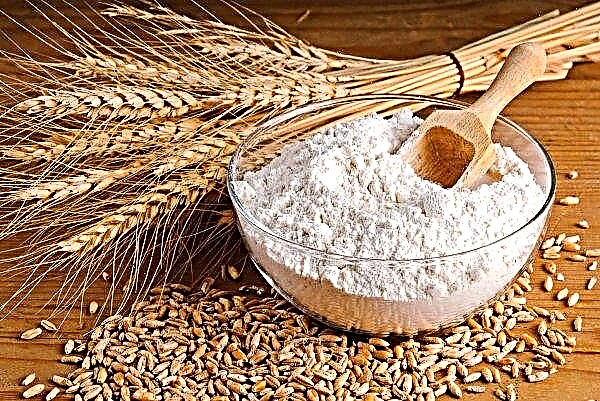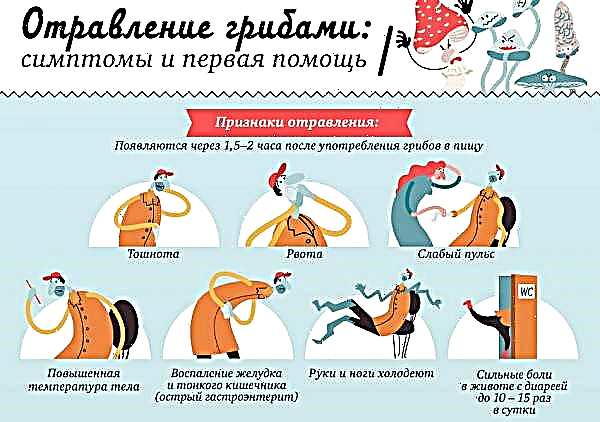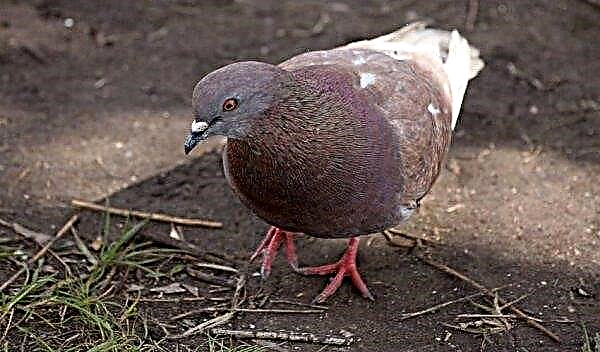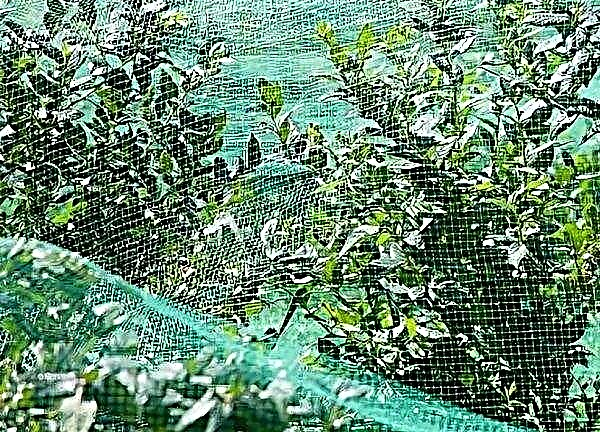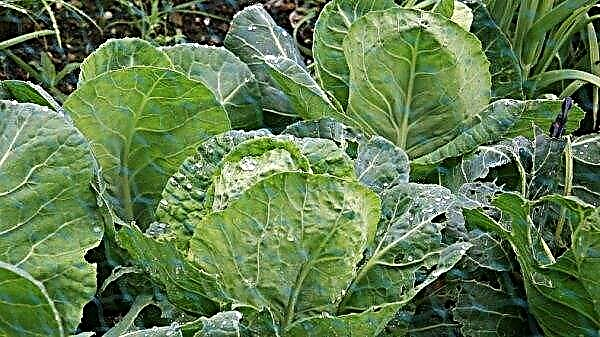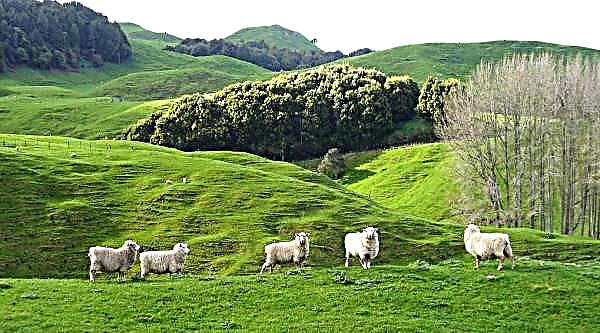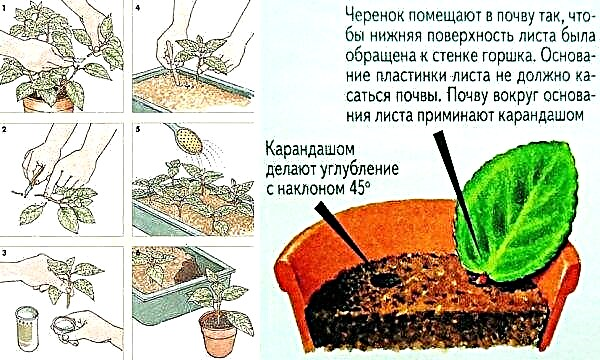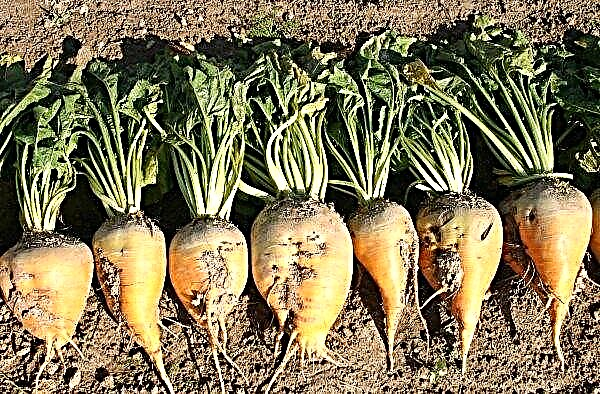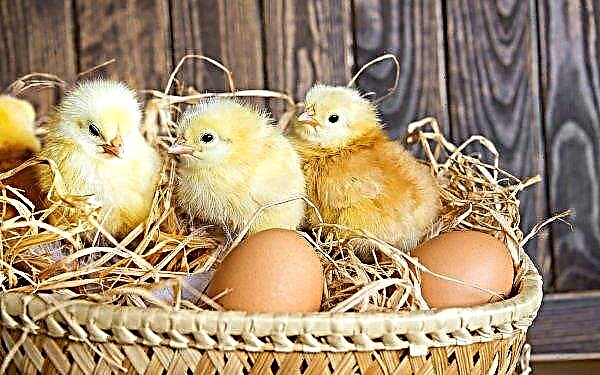Lawn grass can decorate any garden. With its help, you can make a sports or playground. For this purpose, it is good to invite a specialist gardener, but you can sow and care for such a lawn yourself. The main thing is to choose the right seeds and time for sowing.
When is it best to plant a lawn
The following conditions for sowing the lawn are considered favorable: moist soil and a temperature of up to 25 ° C. Abundant watering after planting seeds or rainfall will improve their germination. In principle, you can sow grass from spring until the cold snap. Each sowing period has its own characteristics.
In the spring
In spring, the soil has an increased level of moisture after melting snow and frequent rains. All this contributes to better seed germination and rapid grass growth, so many people prefer this period for sowing the lawn. But it is worth considering that spring in different regions comes and goes in different ways. Be sure to make sure that the soil warms up evenly enough and there are no thawed spots.

Experts recommend sowing grass for the lawn in the spring from late April to the first decade of May in areas with a temperate climate (middle zone of Russia). In the more northern regions (Siberia), landing is carried out a couple of weeks later. And in the southern regions, on the contrary, this process can be carried out a couple of weeks earlier.
The biggest advantage of spring sowing is that by the end of the season you can form a stable and strong lawn cover. When sowing, it is worth taking into account the shrinkage of the soil in the area under the lawn, so digging and preparing the soil should be carried out in the fall. During this process, organic matter must be added - manure, bird droppings, humus or compost. If necessary, sand, peat, and lime are added to the soil. In this case, when planting seeds in spring, only fertilizers are applied.
Did you know? Mowed grass became a popular symbol of luxury in the 18th century in European countries, and by the beginning of the next century it became popular in America. Since the middle of the 20th century, in connection with the appearance of lawn mowers, it has become a sign of success for homes where a middle-income family lives.
Fall
In the fall, summer residents have less garden work, so you can take the time to equip the lawn. In addition, seeds for planting during this period become cheaper in price, and you can save. This process can be carried out in the autumn before frosts - from the end of September to October for central Russia. It is best done before September 10–20. The date must be chosen so that before the cold there is at least 40 days left. This will allow the plants to grow strong enough.

If we consider the autumn time for sowing the lawn on a monthly basis, we get the following picture:
- September. Dew in the morning will reduce the need for moisture. In this case, the seeds will sprout, and care will be needed, namely mowing before freezing. But in the spring the lawn will delight with its even appearance.
- October. Experts do not recommend sowing if the air temperature is above + 5 ° C. In this case, sprouts will appear, but will not have time to get stronger before the frost and die. In the spring, not a continuous stretch of grass will grow, but with bald spots.
- November. If you plant at the end of this month, when the soil begins to freeze a little, then the seed material will not have time to germinate, but it will not die from the cold. With such sowing, natural stratification of seeds occurs in winter, so early spring germination of the lawn is ensured. In this case, the sprouts after such hardening will not die from spring cooling.
In autumn, the lawn is planted following the following recommendations.:
- the landing area is prepared in the summer;
- For planting, choose a quiet day without gusts of wind.
Autumn showers fully provide the site with planting moisture, but if dry land is established, then you need to irrigate. When choosing the exact sowing time, it is recommended that you familiarize yourself with the weather forecast and plant before rains.
Video: Autumn sowing of the lawn
In summer
Lawn grass can also be planted in the summer, but this must be done before dry and hot weather. In this case, June is chosen for landing. The earth at this time is quite warmed up, and it is still raining. But July and the first half of August are not suitable for crops, since drought is often established in this period. When sowing in summer, you need to wait for rainy weather. In the summer, it is easier to care for the lawn - weed grass does not grow so actively and it is easier to use herbicides.
Important! In regions with early harsh winters, plants planted at the end of August sometimes do not have time to get stronger, therefore spring sowing or the beginning of summer is preferable for Siberia.
Lawn grass selection
When choosing lawn grass for the middle strip of Russia and Siberia, attention should be paid to frost resistance, decorativeness and the ability of the selected crop to displace weeds. It is best to dwell on plant species that reproduce well vegetatively.
When choosing herbs for a lawn, one should also consider its purpose:
- Sports. Grass for the athletic field must be resistant to trampling and recover quickly. Such a lawn will often need to be mowed.

- Decorative. For landscape design, various types of lawns are grown - Moorish, ground, dwarf. The most beautiful and expensive is the ground floor, and unpretentious - the Moorish, consisting of flowering meadow grasses. Dwarf lawns are less likely to need a haircut.

- For slopes. It performs not only a decorative role, but also prevents soil erosion.
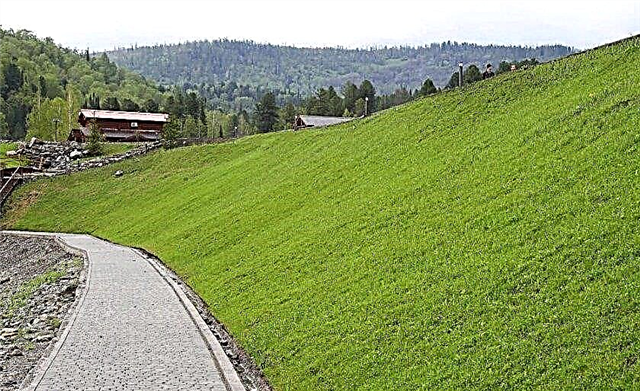
For Moscow region
For the middle strip of Russia and the Moscow region, you should choose a lawn from a mixture of seeds, which contains the following herbs:
- Pasture ryegrass (perennial chaff). Forms a grassy carpet after 1–1.5 months after sowing. Resistant to trampling, cutting and other mechanical damage. He has no barbs. The pollen of this cereal can cause allergies. It does not always tolerate harsh winters.

- Bluegrass meadow. This perennial cereal is one of the earliest and appears immediately after the snow has melted. It is steady against various weather conditions and can grow on different soil, even on sand, but will give preference to nutritious soil. He needs good lighting.
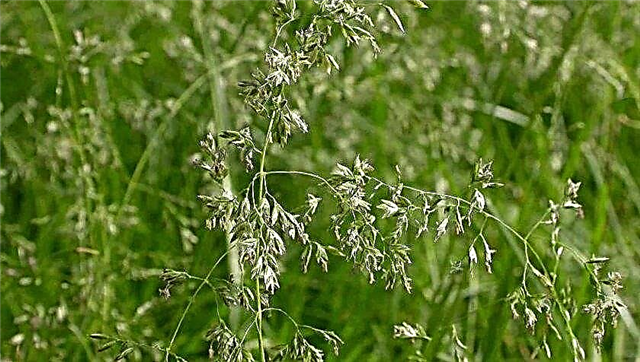
- Red fescue. Perennial cereal, forming a strong turf and improving the composition of the soil. It can grow on dry and poor soils, in partial shade.

- Polevole. It forms a delicate and graceful grass surface that needs to be combed often. It can tolerate shading.
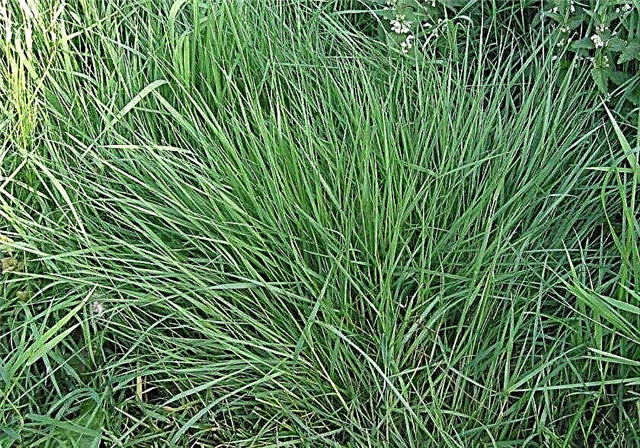
- Clover. The most popular is white microclover. It can tolerate mowing and has small foliage. This plant is loved by mice and bees. It can be given as feed to rabbits. The plant creates a lush cover that they like to use for playgrounds or sow in front of the house.
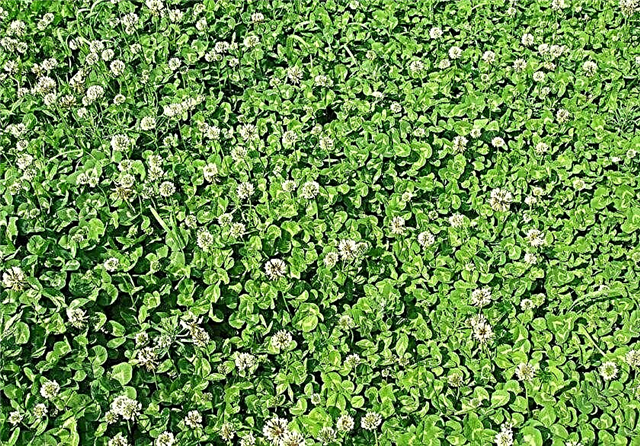
- Timofeevka. This perennial tolerates severe frosts and is resistant to trampling. This herb requires good hydration, and it grows well in the lowlands. Its pollen can cause allergic rhinitis during flowering.
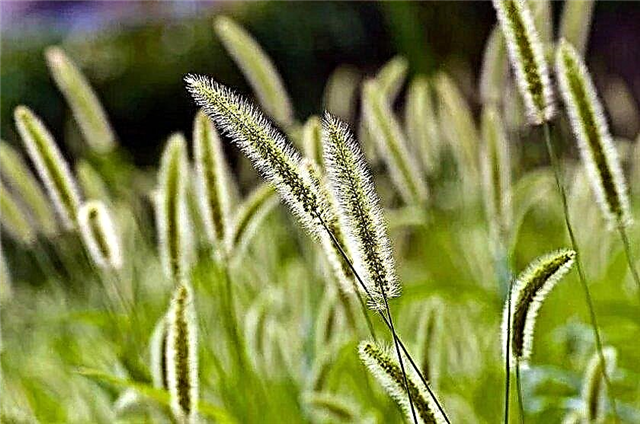
Cornflowers, flax, primroses, saxifrage, and other wildflowers are also used in Moorish lawns. They must have different flowering times.
For Siberia
For Siberian conditions, the most frost-resistant herbs are used, so it is better not to use ryegrass. All other herbs listed for the Moscow region are also suitable for Siberia. The best are considered to be a polevole, bluegrass and fescue. These herbs are often used by domestic producers, so you should pay attention to such frost-resistant lawn mixtures as "Green Square" or "Liliput".
Did you know? Unpretentious bluegrass grows throughout the temperate zone of the Northern Hemisphere, imported and successfully grows in Australia and New Guinea. In 1955, he accidentally fell on the northern peninsula of Antarctica, where it sprouted and occupies 1 m².
Planting and lawn care
First, a site is prepared approximately 1.5 months before sowing. Trash and weed are removed from it. The earth is dug up and leveled with a rake. Fertilization is done 1-2 days before sowing grass. Sowing is carried out to a depth of 1-3 cm with a rake, and then compacted so that the seeds do not fly apart. For uniform distribution of seeds, they are mixed with sand, and the sowing is carried out along and across. Then moisturize, do it regularly.

Appeared tender shoots may need protection from the sun. The grown grass is regularly watered and mowed. It should not grow more than 6 cm. Three times a season the lawn is fed with fertilizers. In spring and summer, they use nitrogen, and in the fall, they focus on potassium and phosphorus. For lawn care, it’s good to use automatic sprayers, lawn mowers or other mowing equipment.
To grow a beautiful and unpretentious lawn is not difficult if you choose a good mixture of herbs and a good time for sowing. In different regions, these terms are not the same. The grown grass will need to be mowed and watered on time, but this process is greatly facilitated by garden equipment.Important! The soil on the turf must be of the same quality so that the grass is even. Loose nutritious soils are preferred for the lawn, so sand and organic matter are added to the clay.










